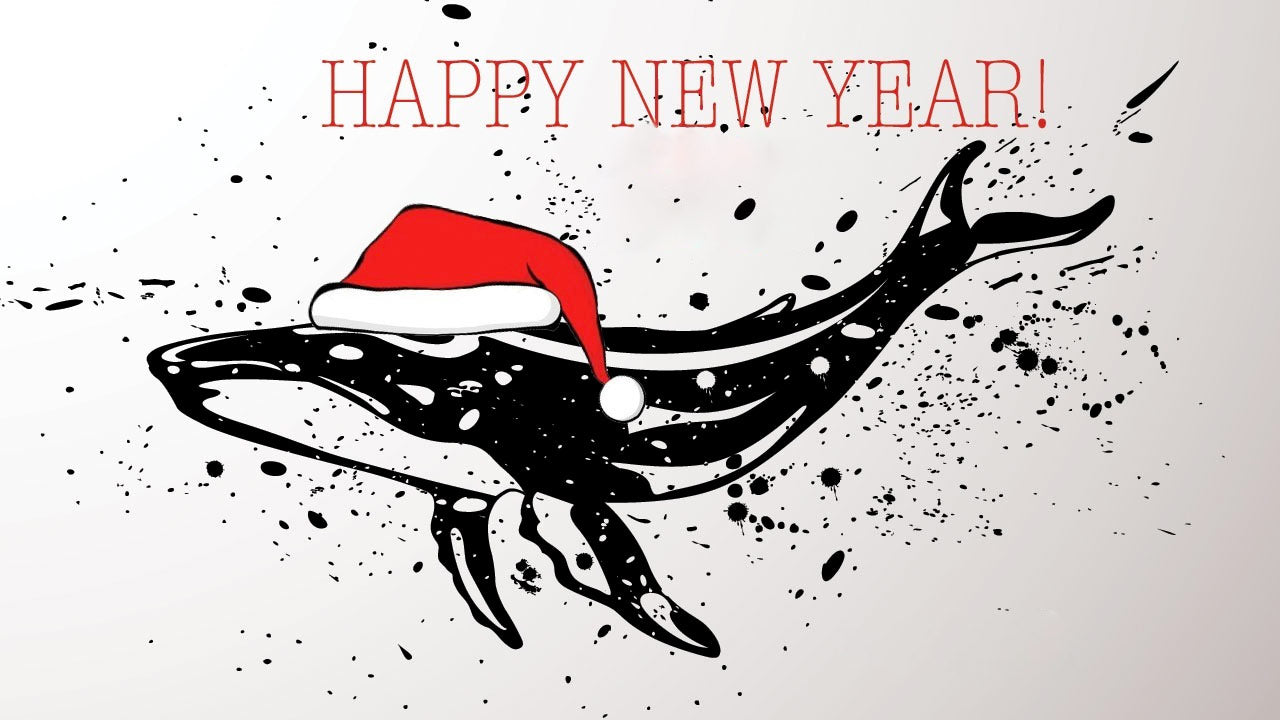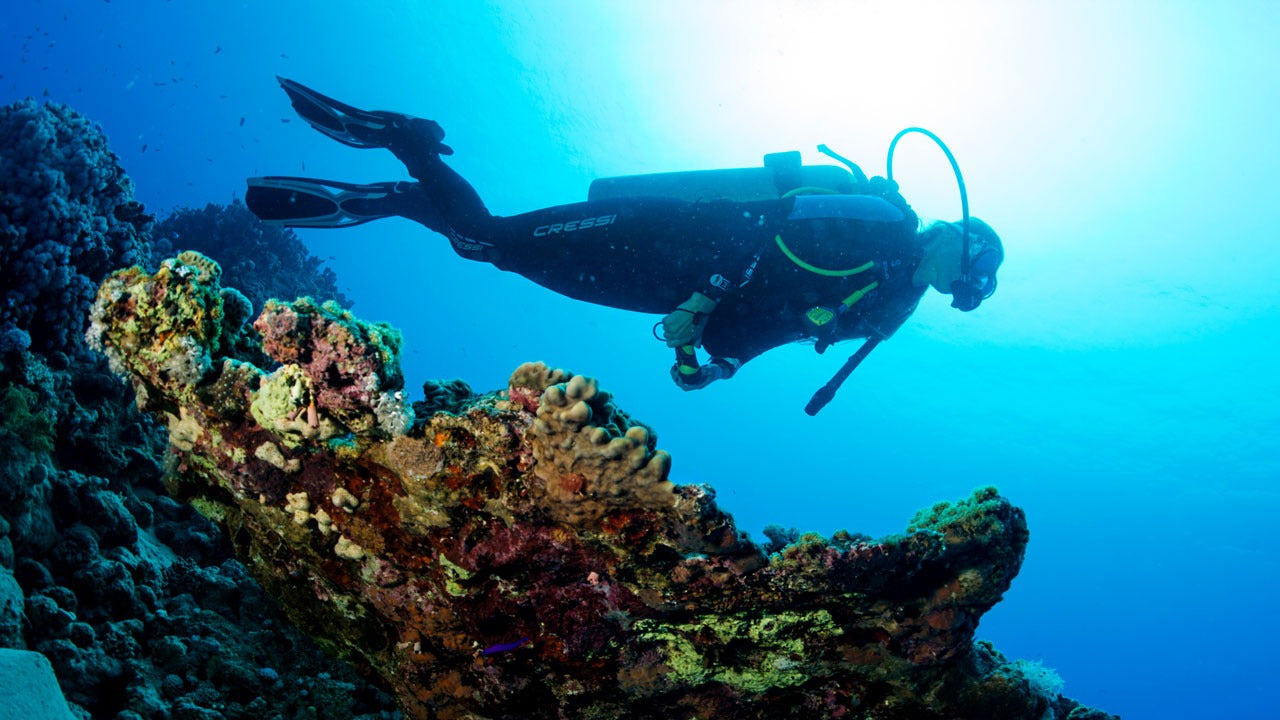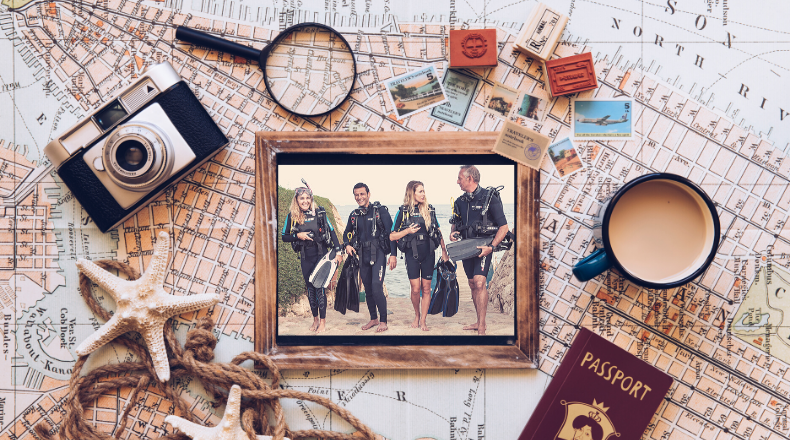Nautical Terms FAQ

As a diver, you’ve probably heard quite a few nautical terms and phrases, wondering what they mean and where they came from. Why do sailors use port and starboard instead of left and right? What is a nautical mile and how is it different from a statute mile? Why is a ship’s speed measured in knots? In the following article, we’ll answer these and other frequently asked questions about boat terminology.
Why are boats referred to as “she”?
The idea of a ship as a feminine presence has become embedded in maritime tradition but the reason for it is cloudy. Some sources suggest it's because, in ancient times, ships were dedicated to goddesses, who were supposed to protect the vessel and crew. When belief in goddesses waned, ships were named after important mortal women, often the members of a shipowner's family.
Another theory comes from the roots of language. According to studies, the English language, similar to other Indo-European languages such as French and German, had a more extensive system of grammatical gender with “male,” “female” and “neutral” words. The Latin word for ship, for example, is navis and it’s feminine.
It's worth noting, however, that the tradition of referring to boats and ships as “she” is changing. Since 2002, Lloyd's List, a journal reporting shipping news since 1734, has referred to all vessels as "it", and many news sources have adopted this new convention.
Why port and starboard instead of left and right?
When facing forward, toward the bow (front) of the ship, port refers to the left and starboard refers to the right. Unlike left and right, which may describe different directions depending on the mariner’s orientation, port and starboard are unambiguous references that never change. So, sailors use them to avoid confusion. But where did the words themselves come from?
In the olden days of sailing, before ships had rudders on their centerlines, boats were controlled using a large oar. Because most sailors were right-handed, the steering oar was placed over or through the right side of the stern. Sailors began calling the right side the steering side, which soon became starboard by combining two Old English words: stéor (meaning "steer") and bord (meaning "the side of a boat").
With a steering oar on the right side of the ship, it was easier to tie a boat up to a dock on the opposite side. So, this side became known as larboard, or "the loading side." Over time, however, sailors realized that larboard and starboard sound too similar, especially when shouting across a creaking boat, and the name was changed to port. The word port describes the place where workers, known as porters, would move or port goods on and off the ship.
What is a poop deck?
The dictionary defines humorously named poop deck as “the aftermost and highest deck of a ship, especially in a sailing ship where it typically forms the roof of a cabin in the stern”. As you can see, the term has nothing to do with bodily waste and instead derives from the French word la poupe, which means the stern.
Why is the toilet on a boat called the head?
When ships were powered by wind, the airflow on a ship typically went from back to front. Therefore, the ideal location for anything smelly was at the head or bow (front) end of the ship. The toilets, really just seats with holes opening down toward the water, were placed in the bow. So, to go to the head of a ship meant to go to the area where the toilet is located.
Why is the kitchen on a boat called galley?
Some believe that mariners of old cooked meals on a “gallery” of heated bricks or stones, and that galley evolved from poor English over the centuries.
What is a nautical mile and how is it different from a statute mile?
A nautical mile is based on the circumference of the earth and is equal to one minute of latitude. It is slightly more than a statute (land measured) mile (1 nautical mile equals 1.1508 statute miles or 1.85166 kilometers). The reason for using nautical miles is to make chart reading quicker. Charts have the Latitude and Longitude grid printed on them. The grid spacing that equals one minute of latitude also equals one nautical mile. This means you can instantly judge multiples of miles off the chart.
Why is a ship’s speed measured in knots?
The term, knot, originated in the 17th century and is based on the length of the nautical mile. Back then, the sailors measured a ship’s speed using a tool known as a chip log or a common log. It was a piece of wood attached to a knotted rope on a reel. Each knot on the rope was evenly-spaced 14.4 meters apart. One end of the rope was attached to the ship, and the wooden wedge was thrown in the water. Using a sand hourglass that acted as a timer, the sailors would time how many knots paid out during the 30-second interval. Dividing that 14.4 meters by 30 seconds told them that one knot equaled 1.85166 kilometers per hour or one nautical mile. By performing the calculation using the actual number of knots that unspooled, the sailors were able to measure the ship’s speed.
Modern boats and planes still measure their speed in knots, and it is also used to describe the velocity of waterways such as rivers and currents.
Nautical terms and phrases that have sailed into everyday use
Fathom - a fathom is a nautical unit of measurement that equals to approximately six feet (1.8 meters) of depth. Sailors use it to describe the depth of water beneath a ship. In everyday use, it means trying to take the measure of, or get to the bottom of something.
Feeling Blue - a ship that lost its captain or officers sometimes had a blue band painted along its hull. The crew might also fly blue flags. Over time, this symbol of grieving was equated with feelings of sadness or melancholy.
Scuttlebutt - sailors stored drinking water in barrels (known as butts) and scuttlebutt was the cask of drinking water on ships. Since sailors exchanged gossip when they gathered at the scuttlebutt for a drink of water, the term became U.S. Navy slang for gossip or rumors.
Show one’s true colors - early warships often carried flags from many nations on board in order to elude or deceive the enemy. The rules of civilized warfare called for all ships to hoist their true national ensigns before firing a shot. Someone who finally "shows their true colors" is acting like a man-of-war which hailed another ship flying one flag, but then hoisted their own when they got in firing range.
Turn a blind eye - as the story goes, Vice Admiral Lord Nelson (who was blind in one eye) ignored a signal to stop fighting during the Battle of Copenhagen. Nelson put his telescope up to his blind eye and insisted he didn’t see his commander’s signal to retreat. The British ultimately won the battle, and the term “to turn a blind eye,” was born. Some argue this story is a myth, regardless it makes for a good story.




